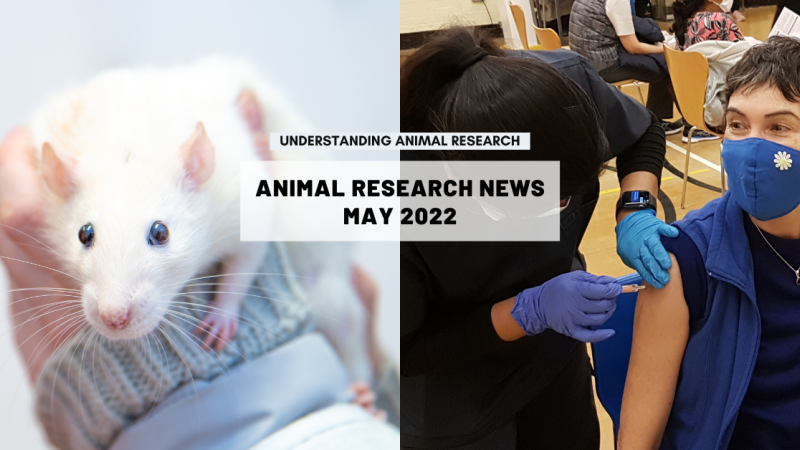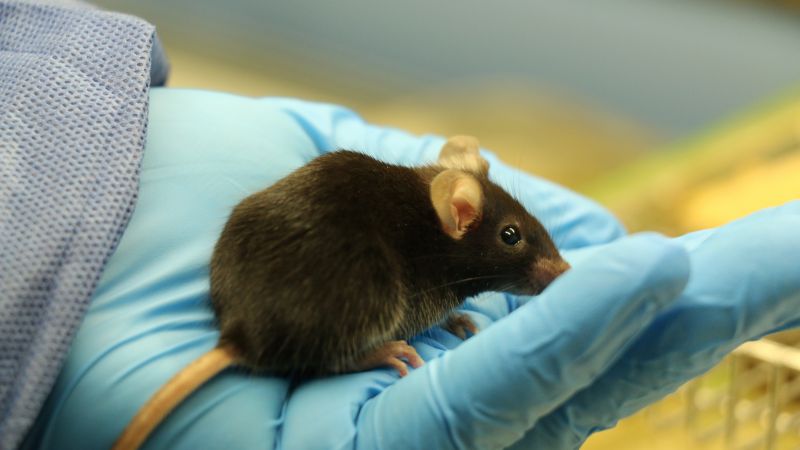
Text to go here...
 When people stagger after drinking too much ethanol has caused reversible ataxia – a loss of muscular co-ordination. Other types of ataxia are linked to localised brain damage, the effect of taking other psychoactive substances, and to various types of neuro-degenerative illness.
When people stagger after drinking too much ethanol has caused reversible ataxia – a loss of muscular co-ordination. Other types of ataxia are linked to localised brain damage, the effect of taking other psychoactive substances, and to various types of neuro-degenerative illness.
Cells in the cerebellum called Purkinje cells are known to be crucial for the coordination of movements but it is difficult to decide which of the many types of receptors on these cells are involved in this coordination.
Conventionally scientists study receptors by deactivating them, but in the case of Purkinje cells, one receptor of interest – a G-protein coupled receptor– is also found on other types of brain cell, so deactivating this receptor chemically would not show the specific impact on Purkinje cells.
Now scientists have genetically engineered mice by adding a light sensitive protein (rhodopsin) to their Purkinje cell G receptors. These cells can be controlled by a pulse of light. When light was used to reduce cell activity by 20—30%, the mice started to exhibit impaired balance and coordination problems.
This demonstrates clearly that the Purkinje cells are important for the co-ordination of movement. This is another example from the new and fast growing field of optogenetics, where neurones are modified so they can be stimulated by light. This new level of control is leading to many dramatic insights into biological systems.
Last edited: 29 July 2022 14:08



